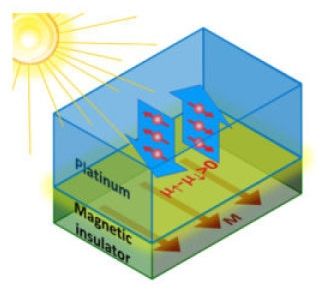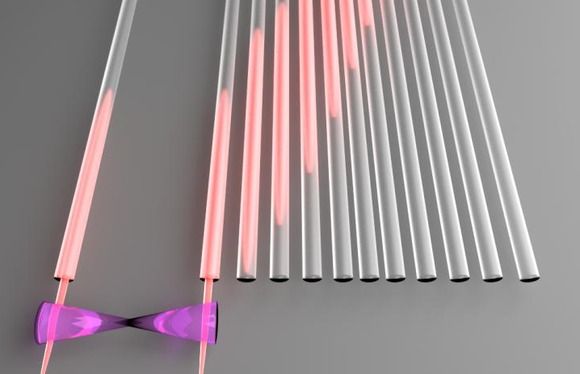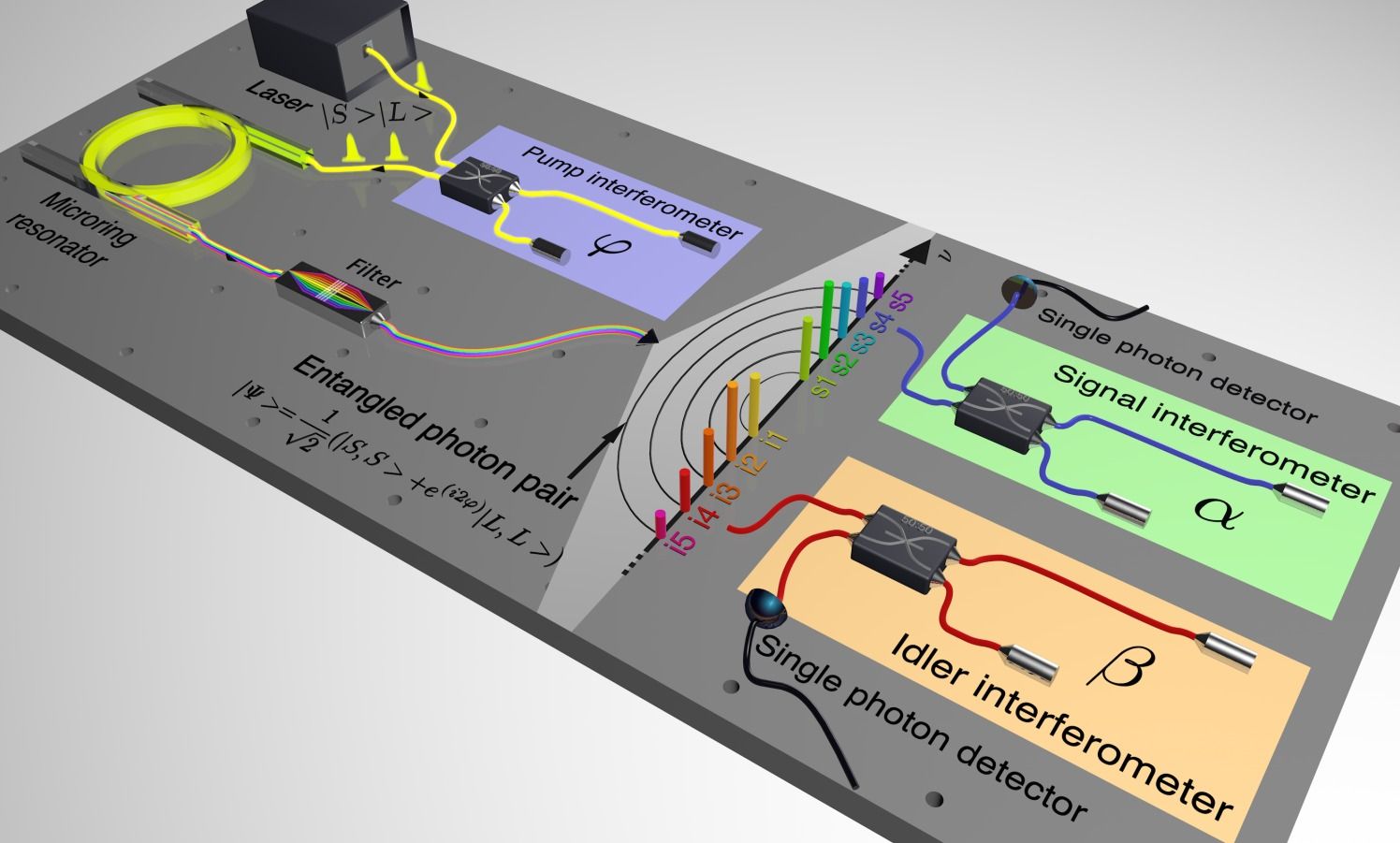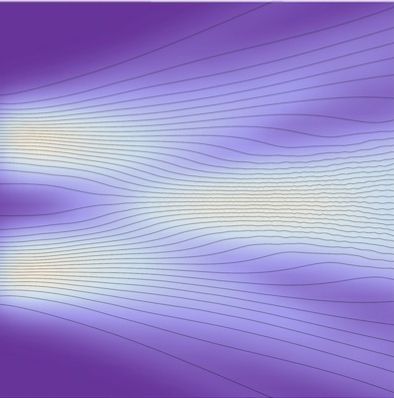I read this article and it’s complaints about the fragile effects of data processing and storing information in a Quantum Computing platform. However, I suggest the writer to review the news released 2 weeks ago about the new Quantum Data Bus highlighted by PC World, GizMag, etc. It is about to go live in the near future. Also, another article to consider is today’s Science Daily articile on electron spin currents which highlights how this technique effectively processes information.
Rare-earth materials are prime candidates for storing quantum information, because the undesirable interaction with their environment is extremely weak. Consequently however, this lack of interaction implies a very small response to light, making it hard to read and write data. Leiden physicists have now observed a record-high Purcell effect, which enhances the material’s interaction with light. Publication on April 25 in Nature Photonics (“Multidimensional Purcell effect in an ytterbium-doped ring resonator”).
Ordinary computers perform calculations with bits—ones and zeros. Quantum computers on the other hand use qubits. These information units are a superposition of 0 and 1; they represent simultaneously a zero and a one. It enables quantum computers to process information in a totally different way, making them exponentially faster for certain tasks, like solving mathematical problems or decoding encryptions.
Fragile.
The difficult part now is to actually build a quantum computer in real life. Rather than silicon transistors and memories, you will need physical components that can process and store quantum information, otherwise the key to the whole idea is lost. But the problem with quantum systems is that they are more or less coupled to their environments, making them lose their quantum properties and become ‘classical’. Thermal noise, for example, can destroy the whole system. It makes quantum systems extremely fragile and hard to work with.








